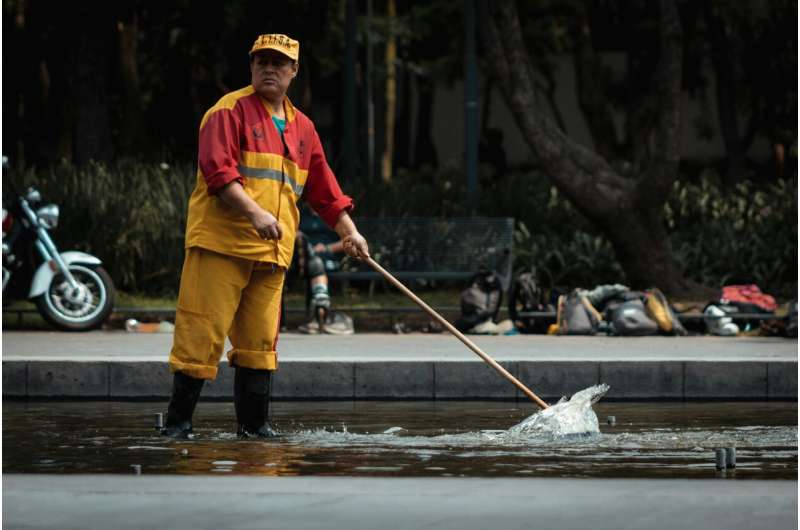Credit: Unsplash/CC0 Public Domain
The widespread underpayment of migrant workers in Australia is now well-documented. The vast majority never recover the wages they are owed.
In 2009, the federal "small claims" court process was established in the Federal Circuit and Family Court of Australia. The idea was to give workers a simple and accessible forum to claim unpaid wages and entitlements from their employers—without needing a lawyer.
But our new research has found that in reality, this process is virtually impossible to use without legal support.
The Fair Work Act aims to ensure a "guaranteed safety net of fair, relevant and enforceable" minimum legal rights and entitlements. But without widespread government enforcement or an accessible wage claims process, this is a pipe dream for many migrants and other vulnerable workers in Australia.
Reforms are urgently needed to make the small claims process work better for everyone.
It's just too hard to fight underpayment
Based on figures from a Grattan Institute study published last year, we estimate that between 490,000 and 1.26 million workers in Australia were paid less than the minimum wage in 2018.
Importantly, this figure does not include the many additional workers paid above the basic minimum wage but less than their full entitlements, who would also have substantial claims for unpaid wages.
There is no official data on the action taken by those workers. But our separate 2016 survey revealed that among more than 2,200 migrant workers who knew they were underpaid, nine out of ten took no action.
For these people, the perceived risks and costs of taking action substantially outweighed the slim prospect of success.
Recent data confirms the very low number of workers using these processes. Only 137 people across Australia brought claims through the federal "small claims" process in 2022-23.
Through its compliance activities, the Fair Work Ombudsman recovered just over $150,000 for people who identified themselves as migrant workers in 2022-23—a tiny slice of the $509 million recovered for underpaid workers in total that year.
Provided by The Conversation
This article is republished from The Conversation under a Creative Commons license. Read the original article.![]()
























